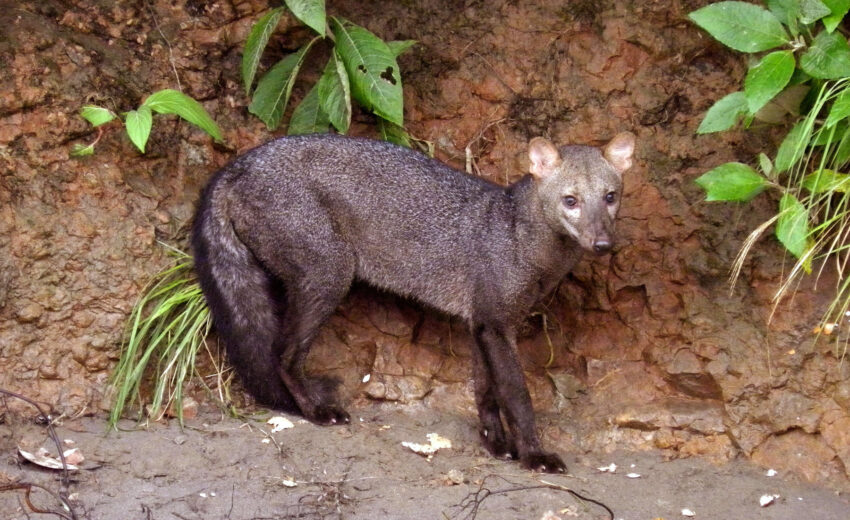Native to South America it’s the short-eared dog, aka small-eared dog or short-eared zorro. They prefer the lowland rainforests, terra firme forests, and bamboo areas of the Amazon
- Zoology
- Daily Critter Facts
- For Teachers
- Study Guides
- Animal Diseases & Parasites
- Contact

